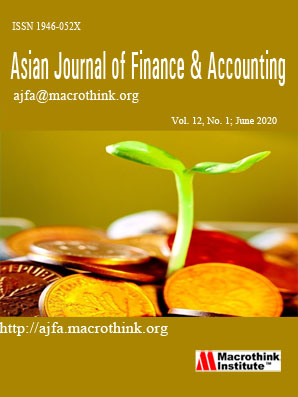Volatility spillovers between New Zealand stock market returns and exchange rate changes before and after the 1997 Asian financial crisis
Abstract
Kanas, A. (2000) [Volatility spillover between stock returns and exchange rate changes: International evidence. Journal of Business Finance & Accounting, 27 (3) & (4), 447–467] finds that unidirectional volatility spillovers, within the same economy, from six industrialized stock market returns to foreign exchange markets after the 1987 stock crash. The New Zealand economy is unique in that it is small, open, and exposed to international exchange rate changes, especially to its most important trading partners, USA and Australia. We hypothesize that there should be a volatility spillover effect from exchange rate changes to the stock market returns with in the New Zealand economy. The EGARCH model is employed to account for New Zealand’s down-market, or leverage, effect, and to test for the bidirectional volatility spillovers. The Asian Financial Crisis occurs in the middle of our sample period from 190 to 2004. Our empirical evidence shows that, after the Asian Financial Crisis, the volatility spillover from exchange rate changes to the stock market returns becomes dominant over the reverse direction.
Submission of an article implies that the work described has not been published previously (except in the form of an abstract or as part of a published lecture or academic thesis), that it is not under consideration for publication elsewhere, that its publication is approved by all authors and tacitly or explicitly by the responsible authorities where the work was carried out, and that, if accepted, will not be published elsewhere in the same form, in English or in any other language, without the written consent of the Publisher. The Editors reserve the right to edit or otherwise alter all contributions, but authors will receive proofs for approval before publication.
Copyrights for articles published in MTI journals are retained by the authors, with first publication rights granted to the journal. The journal/publisher is not responsible for subsequent uses of the work. It is the author's responsibility to bring an infringement action if so desired by the author.








